French villages and major cities grab a lot of media attention, but les villes moyennes – mid-sized towns with a population of 20,000 to 100,000 – can be excellent destinations, either as a base or for a weekend getaway.
A year ago, I kicked off a project to get to know as many of these towns as possible, and Cahors was my first adventure. My stay there confirmed my desire to carry on; you can read more about that here.
One can find a multitude of lovely places to visit or linger in Cahors, but five special spots have stayed on my mind.
1. Le Pont Valentré
My solitary evening stroll across the iconic Pont Valentré moved me, but not in the way I had hoped. Be warned: it’s darn high up there, and the side walls are darn low. If you approach them, the view of the Lot River below is spectacular. However, I didn’t dare take out my phone near them, so you won’t be getting that spectacular view here.
I made it safely, albeit shakily, to the other side and was able to properly admire the city’s emblematic medieval bridge. Although it was built as a fortress, it was never attacked.
You will find peaceful areas to view the bridge across from the main base in the city center, especially if you go early or late in the day.
I loved this side, quiet and full of greenery, so I explored it quite fully. However, I was a bit alarmed to discover how many ways one could just plop into the Lot River.
The walk-the-plank locks sans gates and the meters-high, abrupt riverbanks seemed extremely ill-advised for a site that welcomes so many visitors every year. But at least you are warned not to go swimming.
You should, of course, visit Le Pont Valentré — it’s stunning. Wear good shoes to navigate the cobblestones, and if you’re with children or have drunk one too many glasses of Cahors wine, proceed with the utmost caution.
2. La Cathédrale Saint Etienne — especially for its cloisters
In his fascinating 1958 travel guide South from Toulouse, Andrew Shirley paints an unflattering portrait of the Cahors cathedral. It’s too politically incorrect to quote; suffice to say that the words ugly, matriarch, and hairstyle are involved.
I also found Saint Stephen’s a bit of a hodgepodge, both inside and out. But the cloisters, though…
They are among the finest I’ve seen in a smaller town: a complete quadrant exuding a sense of peace and shelter. In late June, I was the only person visiting, which allowed them to serve their original purpose: a place for prayer or contemplation, rather than snarfing down ham sandwiches in the shade.
3. Le Mont Saint-Cyr
Cahors lies in a valley, and to take it all in, it’s worth driving or hiking up to this city park’s viewpoint.
If you look closely, you can get a good glimpse of the cathedral on the lower left:
This peak was the starting point of my visit – and as such, of my France in Between adventures.
4. Gardens, gardens everywhere
The city has adopted an official policy of developing green spaces, and I never felt far from a lovely park or garden.
The town also boasts 25 jardins secrets, mainly on private property, that are open for visits when the weather is nice. A map is available at the Office de Tourisme.
5. Le Musée Henri Martin
I fully admit I had never heard of Henri Martin. (Well, have you?) Yet his works, and the recently renovated museum bearing his name, became the highlight of my stay. From a sign informing children that “it’s okay to talk in a museum,” to the colorful lounge areas, this is a feel-good space.
The man himself — Henri Martin
Henri Martin, 1860-1942, was a post-impressionist artist with deep connections to the Lot department. At the turn of the century, he set up his workshop in Labastide-du-Vert, 21 kilometers from Cahors, and made the area the subject of scores, if not hundreds, of Lotois landscapes and scenes of country life.
I loved Henri’s paintings and, although he was an artist of some note, I think he merits a grander reputation. Maybe he simply spent too much time painting mega mural projects. One of them is prominently displayed:
There is much more to Le Musée Henri Martin than just Henri. It features a wide variety of artists and eras, from prehistoric to modern times, including a moving selection by artists who sought shelter in the Lot department during WWII. Go if you can — and don’t hesitate to take your kids. They can talk all they want there!
Cahors pairings:
Although a bit off the beaten track, Cahors is on a convenient train line that can take you to several cities worth visiting:
Toulouse : 90 minutes
Brive-la-Gaillarde (Corrèze) : 70 minutes
Montauban (Tarn et Garonne) : 40 minutes
Have you ever been to this area? If not, you now have a delightful guide from Betty. Share your experiences in the comments below.
Introducing Contributor, Betty Carlson
Immerse yourself in all of Betty’s articles on her Contributor page.


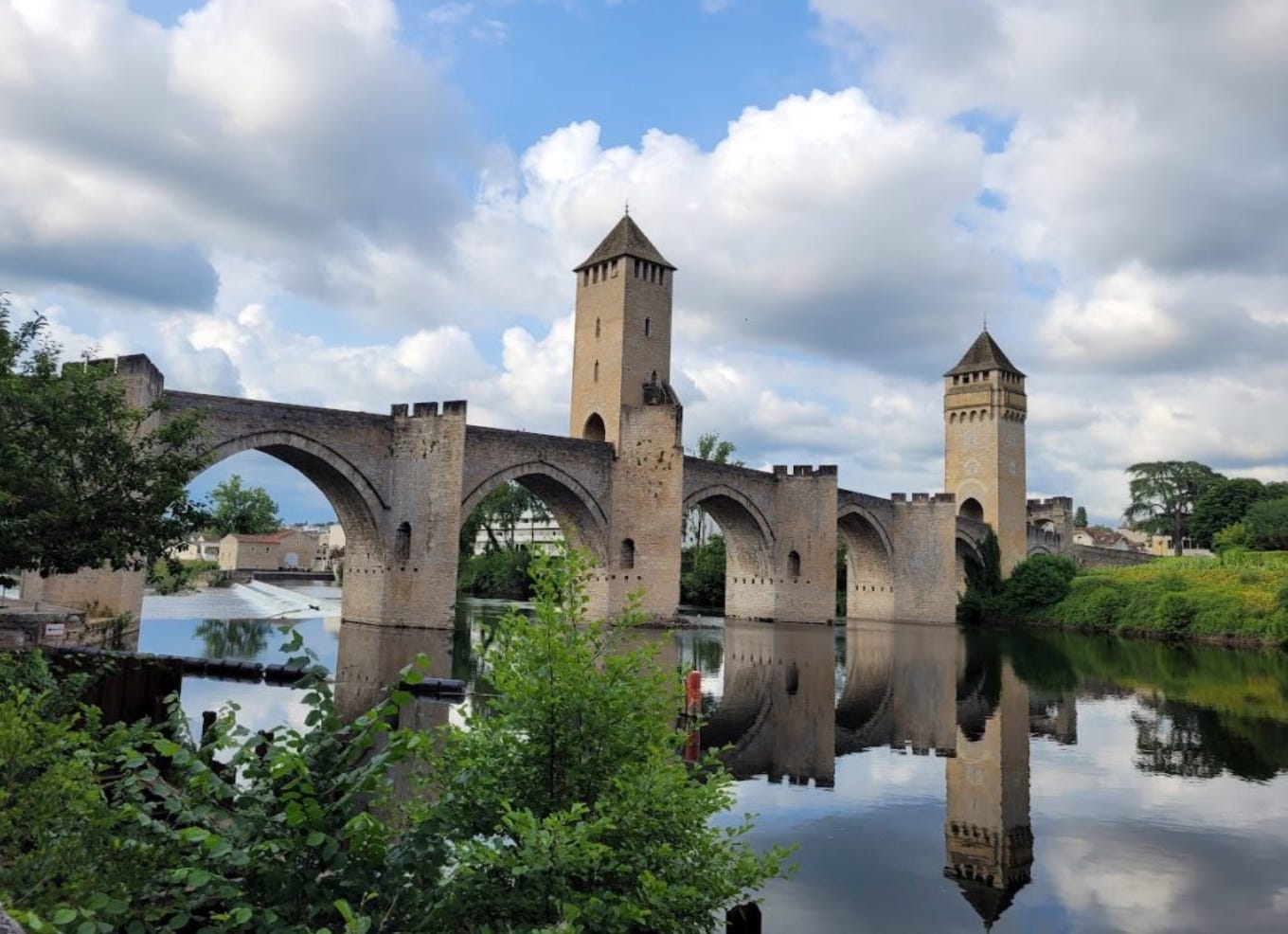
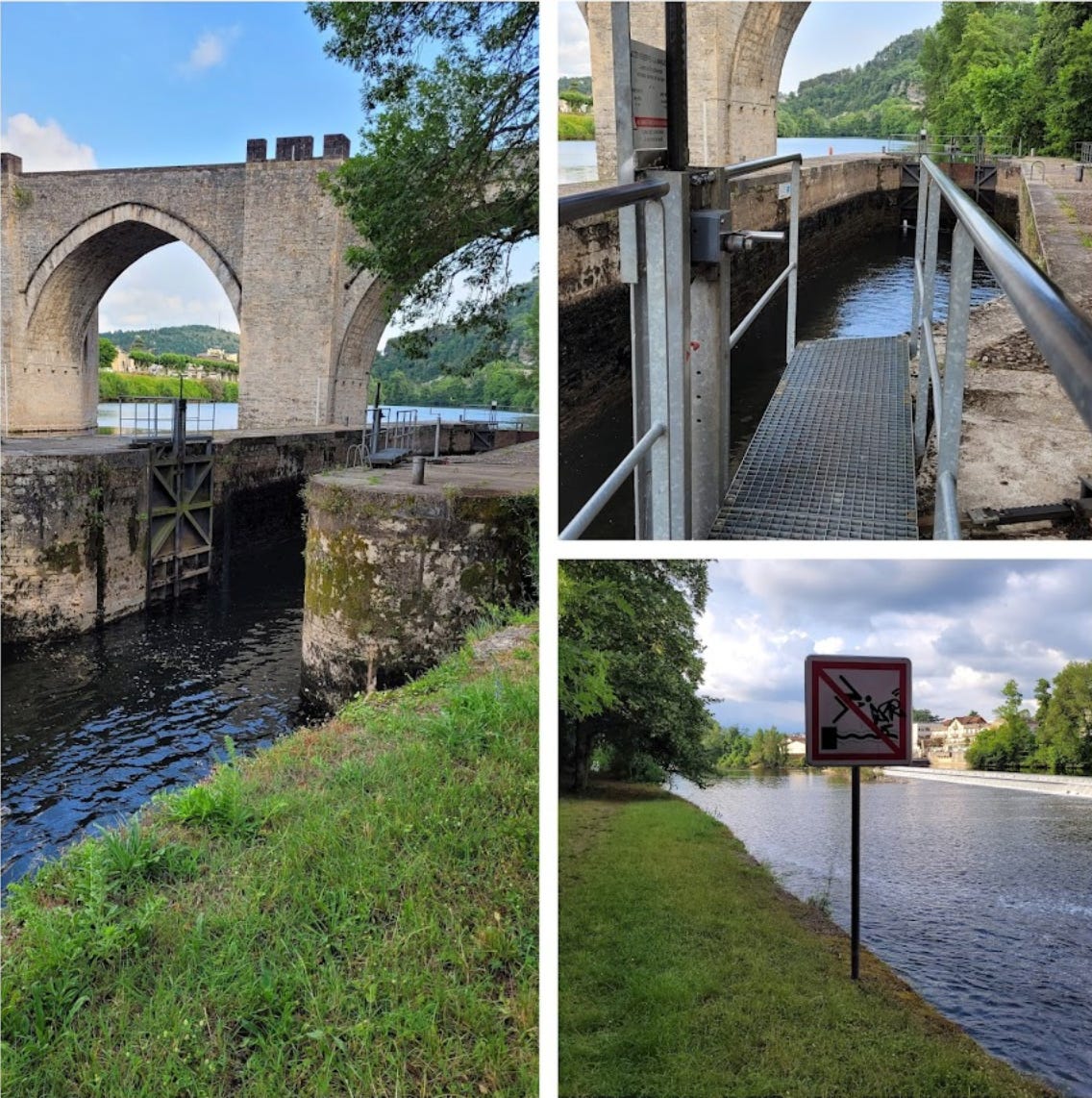

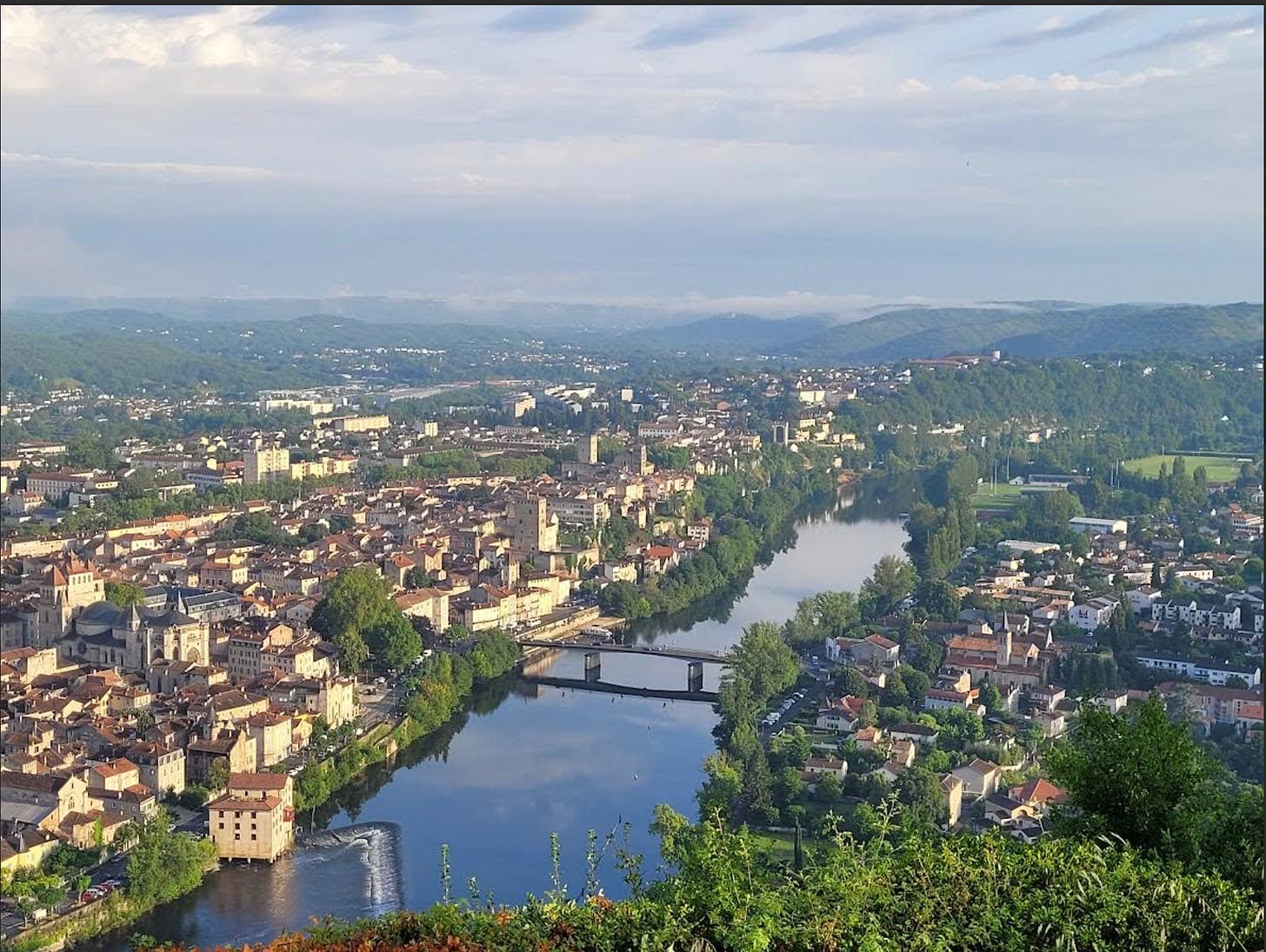
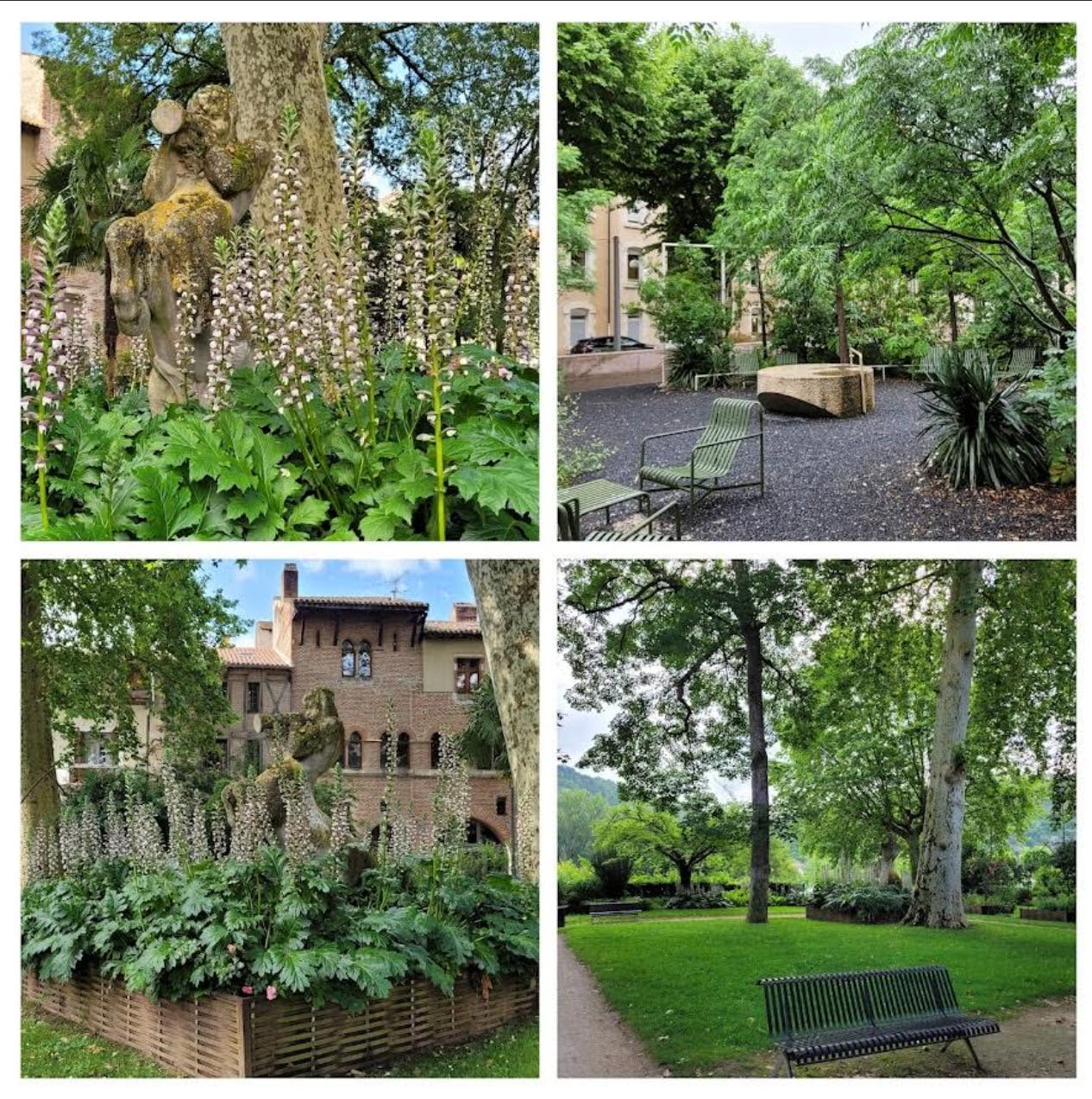

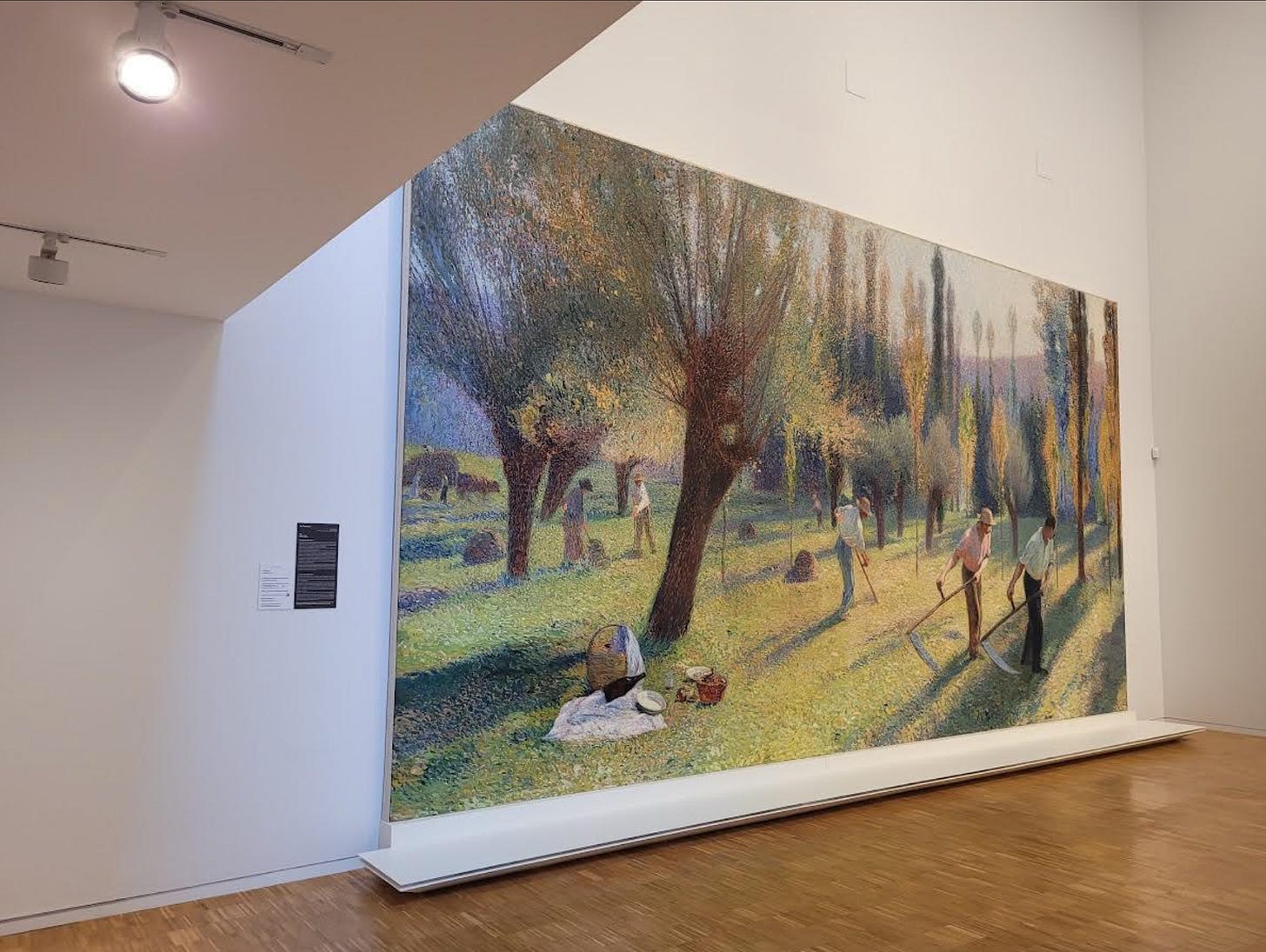
FROM: Now to France
2d
I went to Cahors a year ago, a day trip from Sarlat. It sounded lovely and as it was our wedding anniversary, I had made a lunch reservation at a restaurant that had been highly recommended. We were going to tour a nearby winery as well, but it was raining that day, so we nixed that and drove an hour and a half for our eagerly anticipated lunch. Parked somewhere we were pretty sure we'd be able to find the car again, and wandered through wet medieval streets marveling at the stonework. I couldn't believe my eyes when we got to the restaurant. A hand-lettered sign in the window of the door: "Fermé exceptionelle". We had an unmemorable lunch somewhere nearby, but the memory that stays is of the narrow alleys, massive wooden doors and the smell of wet stone. It was quite lovely.
I love this area of France but the pronunciation of Cahors (Cow--her?) always baffles me. My husband and I ate lunch there at a Michelin started restaurant (fabulous omelettes) before heading on to Domme.. The view of the Dordogne river and Beynac beyond in the distance is priceless.